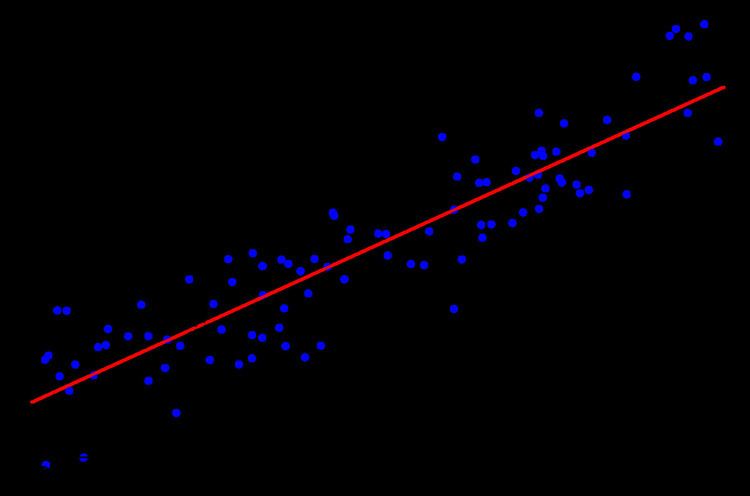 | ||
Mixed logit is a fully general statistical model for examining discrete choices. The motivation for the mixed logit model arises from the limitations of the standard logit model. The standard logit model has three primary limitations, which mixed logit solves: "It obviates the three limitations of standard logit by allowing for random taste variation, unrestricted substitution patterns, and correlation in unobserved factors over time." Mixed logit can also utilize any distribution for the random coefficients, unlike probit which is limited to the normal distribution. It has been shown that a mixed logit model can approximate to any degree of accuracy any true random utility model of discrete choice, given an appropriate specification of variables and distribution of coefficients." The following discussion draws from Ch. 6 of Discrete Choice Methods with Simulation, by Kenneth Train (Cambridge University Press), to which the reader is referred for more details and citations. See also the article on discrete choice for information on how the mixed logit relates to discrete choice analysis in general and to other specific types of choice models.
Contents
Random taste variation
The standard logit model's "taste" coefficients, or
In the standard logit model, the utility of person n for alternative i is:
with
For the mixed logit model, this specification is generalized by allowing
with
where θ are the parameters of the distribution of
Conditional on
However, since
This model is also called the random coefficient logit model since
Any probability density function can be specified for the distribution of the coefficients in the population, i.e., for
Unrestricted substitution patterns
The mixed logit model can represent general substitution pattern because it does not exhibit logit's restrictive independence of irrelevant alternatives (IIA) property. The percentage change in the probability for one alternative given a percentage change in the mth attribute of another alternative is
where β m is the mth element of
Correlation in unobserved factors over time
Standard logit does not take into account any unobserved factors that persist over time for a given decision maker. This can be a problem if you are using panel data, which represent repeated choices over time. By applying a standard logit model to panel data you are making the assumption that the unobserved factors that affect a person's choice are new every time the person makes the choice. That is a very unlikely assumption. To take into account both random taste variation and correlation in unobserved factors over time, the utility for respondent n for alternative i at time t is specified as follows:
where the subscript t is the time dimension. We still make the logit assumption which is that
To examine the correlation explicitly, assume that the β 's are normally distributed with mean
and η is a draw from the standard normal density. Rearranging, the equation becomes:
where the unobserved factors are collected in
Then the covariance between alternatives
and the covariance between time
By specifying the X's appropriately, one can obtain any pattern of covariance over time and alternatives.
Conditional on
since
Simulation
Unfortunately there is no closed form for the integral that enters the choice probability, and so the researcher must simulate Pn. Fortunately for the researcher, simulating Pn can be very simple. There are four basic steps to follow
1. Take a draw from the probability density function that you specified for the 'taste' coefficients. That is, take a draw from
2. Calculate
3. Repeat many times, for
4. Average the results
Then the formula for the simulation look like the following,
where R is the total number of draws taken from the distribution, and r is one draw.
Once this is done you will have a value for the probability of each alternative i for each respondent n.
